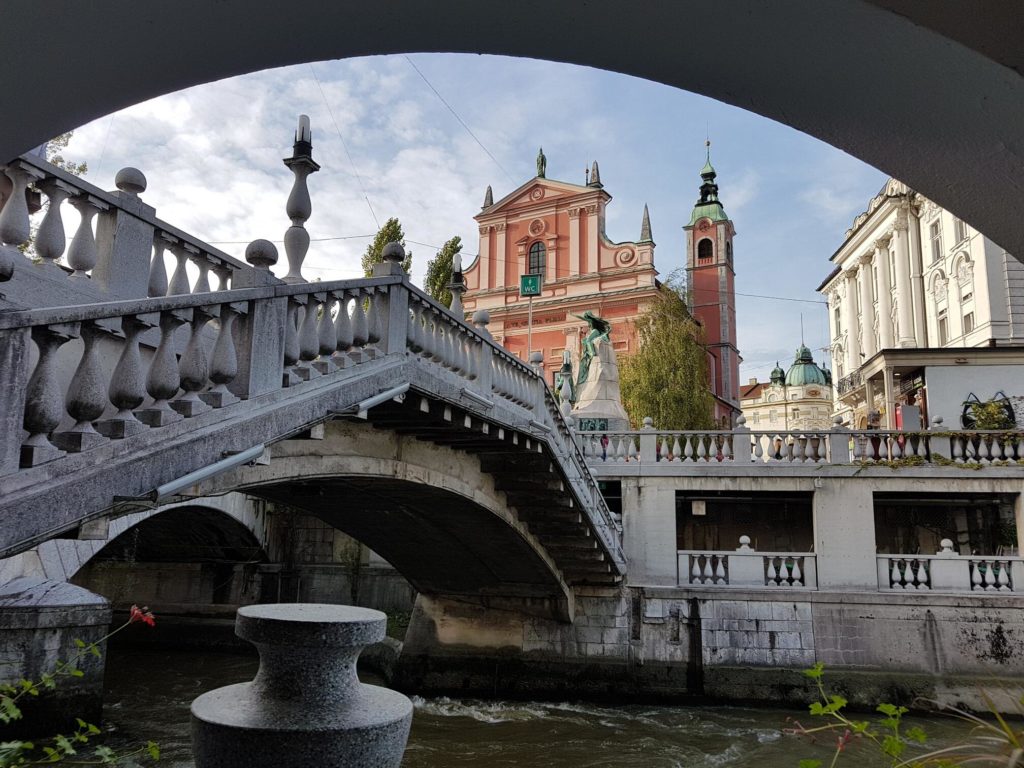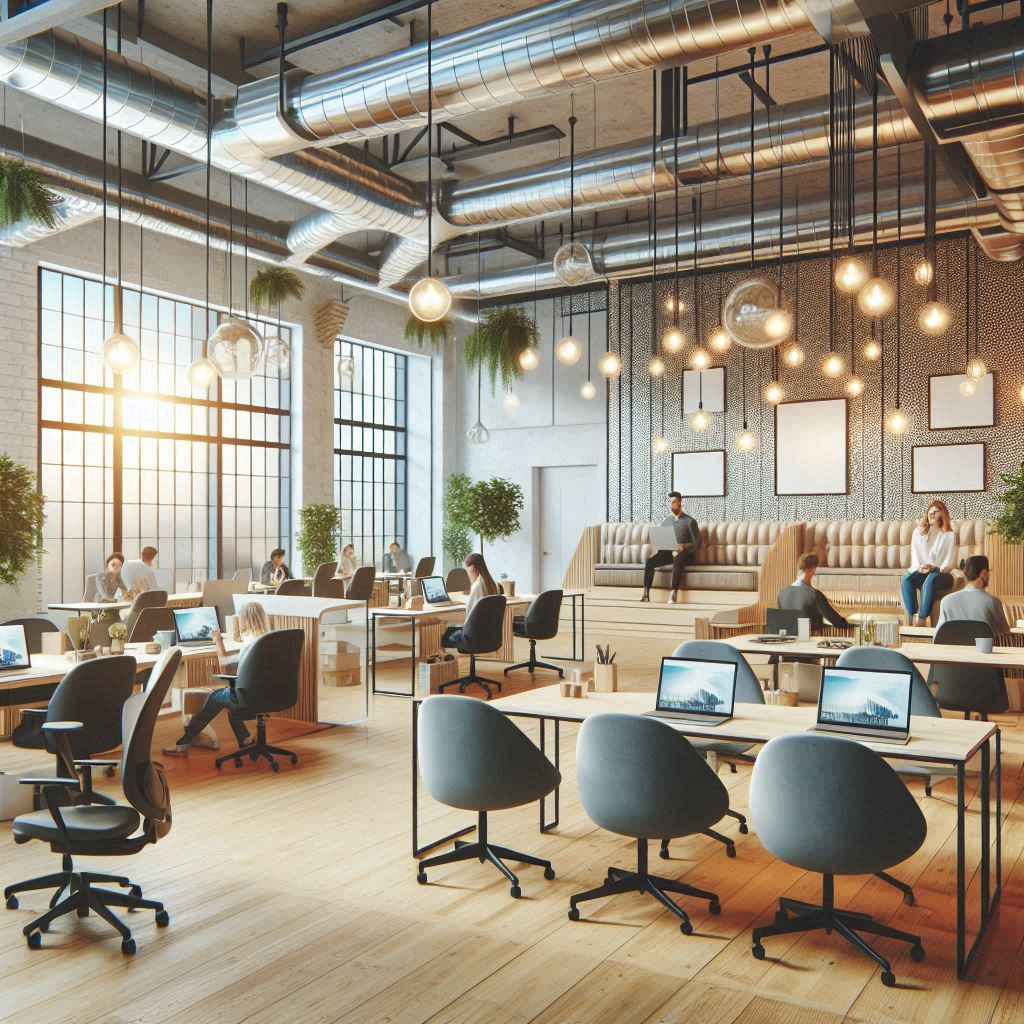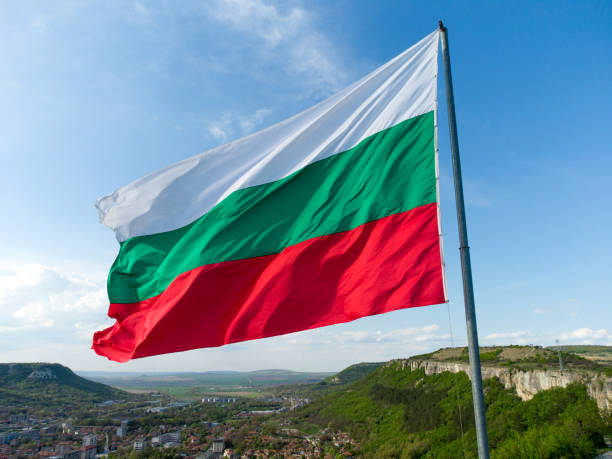Apartment costs nationwide increased in 2019 and beat the previous high from 2008. However, the record was already broken in Ljubljana in 2018.
In 2019, the national average for an apartment’s square meter was €1,850, which is 2% more than the national average from 2008.
Housing costs have been gradually rising since 2015. The average price of used apartments increased by 9% over the previous year in 2018, which was the year with the largest price gain, despite a decline in sales. 2019 saw a minor slowdown in the increase of home prices.
In Slovenia, the average cost of a residential home with land attached was EUR 128,000 in 2019, 3% more than the year before and 19% more than in 2015. While their average age and the amount of land they come with have remained largely unchanged since 2015, the average area of residences sold has expanded dramatically during that time. According to estimates, national house prices have increased by 15 to 20% in real terms since 2015 while remaining essentially stable from 2018 when taking into consideration the features of the sold homes.

Current market overview
Due to the supply still not being able to keep up with the rising demand, the Slovenian real estate market is experiencing strong and quick sales growth and higher prices. Despite daily fluctuations in the costs of services, materials, and goods, the real estate industry is thriving due to low-interest rates and the accessibility of bank credit.
After the COVID-19 pandemic, consumers had more money saved in their bank accounts. Many banks in the Republic of Slovenia began implementing bank levies around the same period, which increased demand, particularly for residential real estate.
The Slovenian economy experienced excellent economic growth of 8.1% in 2021 despite several lockdowns, government restrictions, and prohibitions relating to the worldwide health crisis.
Most data point to a continuation of the comparatively positive trends in economic activity seen after the previous year. In the meanwhile, there are still concerns in business and other economic operations brought on by the epidemiological condition paired with fresh tensions resulting from the Ukraine issue.
Housing sales and rentals
The average annual growth in housing prices in the third quarter of 2021 was 12.9%, which is the largest increase since the first quarter of 2008 when it was 11.8%. The greatest significant price increase was seen in newly constructed flats (17.9%), followed by existing flats (14.7%), existing family homes (9.6%), and newly constructed family homes (1.1%).
When traveling through Slovenia’s largest cities, it’s easy to spot several active building sites. Many of them are in Ljubljana, Slovenia’s capital, where more than 30 multi-apartment buildings are presently being built. Before construction even starts on many newly constructed homes, investors frequently sign sell and purchase agreements.
The rental sector remains largely uncontrolled, particularly in terms of costs and rental terms, despite certain legislative revisions in 2021. The lack of long-term rental housing continues to be a major issue, driving up average monthly costs. Short-term rental is preferred by homeowners. In 2022, it’s anticipated that activity on Airbnb and booking.com would pick up.



